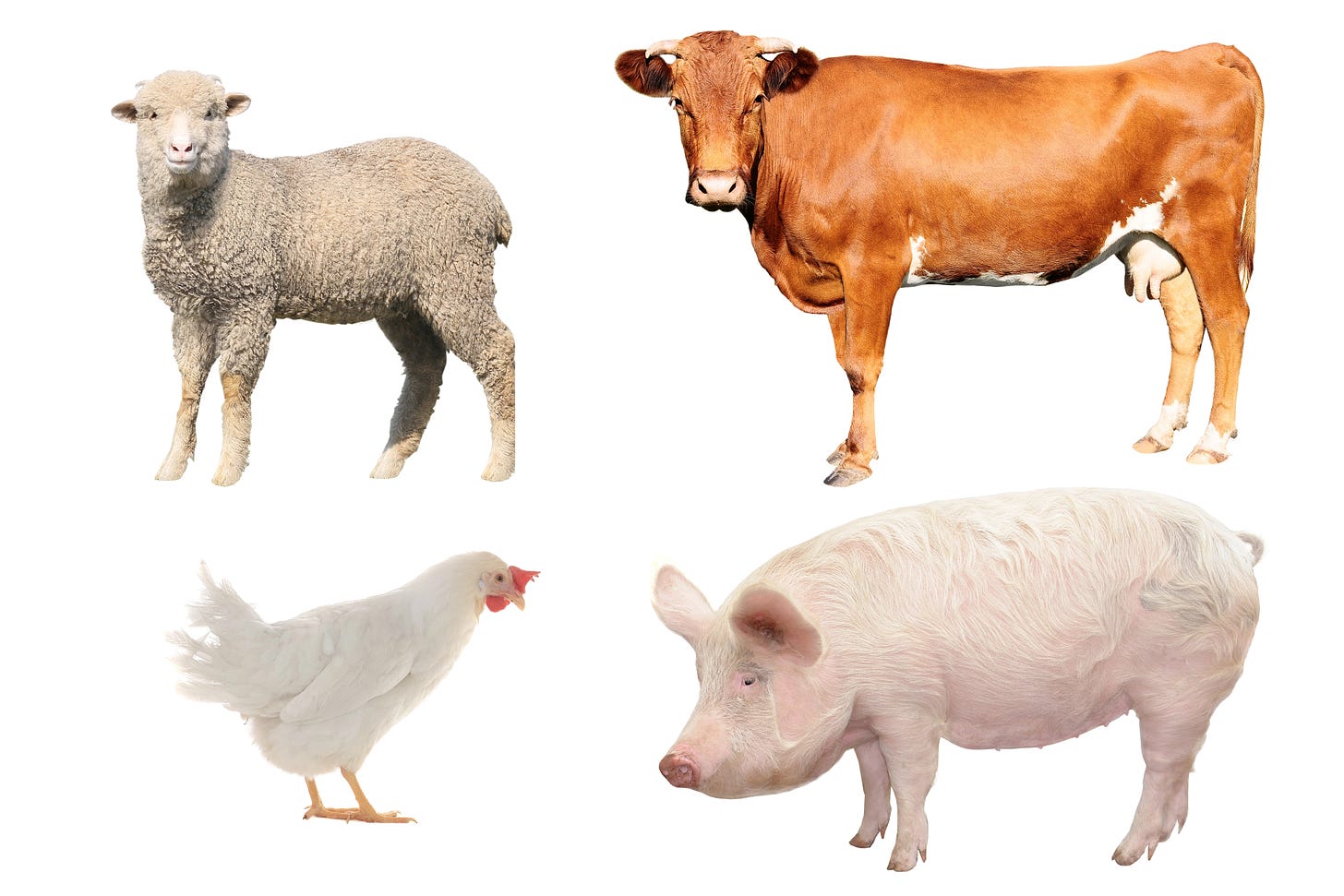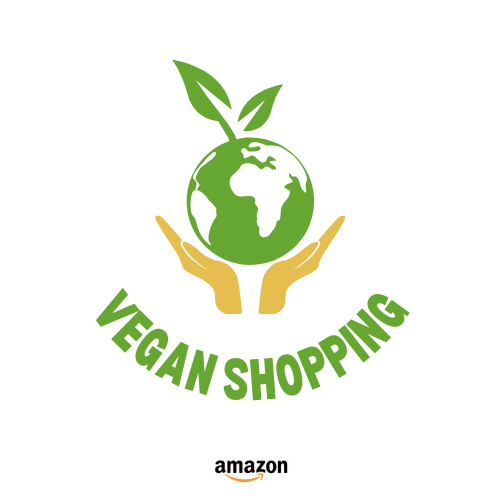The acknowledgment of animals' capacity to feel pain is frequently overlooked or misunderstood, primarily due to their inability to verbally express discomfort like humans. However, animals communicate pain through various behaviors, such as vocalizations, limping, and guarding injured body parts. Despite lacking spoken language, these expressions serve as clear indicators of their distress. Understanding the mechanisms of animal pain, including physiological responses and emotional experiences, is imperative for advocating for their welfare. By recognizing these signs and delving into the scientific understanding of animal pain, we can better advocate for compassionate treatment and improved welfare standards for animals across various contexts.
‘‘Animal pain is often ignored despite clear signs like vocalizations and changes in behavior. Recognizing their suffering and advocating for better welfare practices is a moral responsibility.’’
In this article, we explore the evidence of animal pain and look into the mechanisms behind it, discuss the challenges in providing pain relief, and suggest ways to improve animal welfare practices.
Evidence of Animal Pain
Animals in pain display a variety of behaviors that serve as vital clues. Vocalizations like whimpers, cries, and growls are common expressions of pain. Animals may also lick, bite, or groom the injured area excessively. Changes in behavior, such as lethargy, withdrawal, or decreased appetite, can also indicate pain [1].
Beyond behavioral cues, scientific evidence overwhelmingly supports the idea that animals experience pain. Mammals, birds, and even fish possess pain receptors and nervous system structures remarkably similar to our own [2]. These receptors detect noxious stimuli and transmit signals to the brain, triggering the physiological response to pain. Additionally, global welfare laws and organizations like the International Association for the Study of Pain (IASP) recognize the sentience of animals and advocate for their protection from unnecessary suffering [3].
Mechanisms of Animal Pain
The physiological response to pain in animals closely mirrors that of humans. Tissue injury triggers the release of inflammatory mediators, leading to increased heart rate, respiration, and blood pressure. Animals may also exhibit sweating, pupillary dilation, and muscle tension – all signs present in humans experiencing pain [4].
While the emotional response to pain may vary across species, there's strong evidence that animals do experience emotional distress alongside physical discomfort. Studies using brain imaging techniques have shown parallels in brain wave changes between humans and animals in response to pain [5].
Untreated Pain in Farmed Animals
Despite advancements in animal welfare, many common practices in factory farming inflict significant pain on animals. Procedures like beak trimming in poultry, tail docking in pigs, and castration in male calves are often performed without pain relief [6]. This starkly contrasts with the veterinary care readily available to companion animals, who receive pain medication for even minor procedures.
Research suggests that these practices can lead to chronic pain in animals. Studies have documented long-term behavioral changes and physiological indicators of pain in animals subjected to such procedures [7].
Barriers to Pain Relief
Several factors hinder access to pain relief for farmed animals. Strict regulatory hurdles exist for the approval and use of pain medication in food-producing animals by the Food and Drug Administration (FDA) [8]. Additionally, veterinary oversight is often limited in large-scale farming operations, making it difficult to administer pain medication effectively. Furthermore, liability concerns can deter veterinarians from prescribing pain medication for farm animals due to fears of potential residues in meat and dairy products [9].
Improving Animal Welfare
Fortunately, steps can be taken to mitigate animal suffering in factory farms. Implementing enrichment practices like providing nesting materials for birds or straw bedding for pigs can decrease stress and aggression in confined animals [10]. Collaboration between researchers, industry stakeholders, and policymakers is crucial to address pain management practices in farm animals. Ongoing research explores alternative pain relief methods and explores ways to refine current farming practices to minimize pain [11].
Advocacy and Personal Action
Individual choices can contribute significantly to improved animal welfare. Opting for a vegan lifestyle significantly reduces the demand for animal products derived from factory farming practices. Supporting legislative efforts aimed at establishing better animal welfare standards is another way to advocate for change.
Public education is critical in raising awareness about animal pain and welfare. Educated consumers can make informed dietary choices and support businesses that prioritize ethical treatment of animals [12].
Conclusion
Acknowledging and addressing animal pain is not just a matter of practicality; it's a moral imperative. By advocating for legislative changes, raising awareness, and making ethical choices in our daily lives, we can contribute to a more compassionate society that prioritizes the well-being of all animals. Each individual has the power to play a role in improving the lives of countless creatures through informed action and a commitment to understanding their capacity for pain and suffering.
Sources:
[1] Understanding 4 Types of Pain in Your Pet https://www.merckvetmanual.com/special-pet-topics/pain-management/recognizing-and-assessing-pain-in-animals
[2] Pain in Research Animals: General Principles and Considerations https://www.ncbi.nlm.nih.gov/pmc/articles/PMC3168441/
[3] International Association for the Study of Pain https://www.iasp-pain.org/
[4] Recognizing and Assessing Pain in Animals https://www.vox.com/science-and-health/2017/1/23/14325172/animals-feel-pain-biologist
[5] How Animals Feel Pain https://www.avma.org/javma-news/2001-12-15/silent-suffering
[6] Chronic Pain In Pets Part 1: Causes, Symptoms, And Prevention https://vetmed.tamu.edu/news/pet-talk/chronic-pain-part-2/
[7] The Effects of Debeaking and Tail Docking on Broiler Chickens https://pubmed.ncbi.nlm.nih.gov/16546790/)
[8] Why Don't Farm Animals Get Pain Relief? https://www.nal.usda.gov/animal-health-and-welfare/animal-use-alternatives/reducing-animals-pain-and-distress
[9] The Challenges of Pain Management in Food Animals https://www.avma.org/resources-tools/avma-policies/pain-animals
[10] Improving Farm Animal Welfare https://www.facebook.com/HSUSFarmAnimals/
[11] Farm Animal Welfare: Addressing Pain Management https://awionline.org/content/what-you-can-do
[12] How to Help Farm Animals https://animalequality.org/news/7-effective-ways-to-help-farm-animals/
[13] Wild Justice: The Moral Lives of Animals https://amzn.to/4b2m5pR
Visit Our Amazon Store!
Notice: As an Amazon Associate, we earn a commission from qualifying purchases that help promote animal rights worldwide!
General Resources
Books:
Dominion: The Power of Animals in Nature and in Our Imagination by Matthew Scully
Animal Liberation by Peter Singer
Eating Animals by Jonathan Safran Foer
A Billion Hungry Mouths: Feeding the World Without Consuming the Planet by Colin Tudge
Websites and organizations:
Documentaries:
Articles:
"The Case for Animal Rights" by Tom Regan
‘‘Why We Love Dogs, Eat Pigs, and Wear Cows: An Introduction to Carnism’’ by Melanie Joy
‘‘Animal Rights: The Abolitionist Approach’’ by Gary L. Francione
‘‘Fellow Creatures: Our Obligations to the Other Animals’’ by Christine Korsgaard
Seeds of Compassion: Finding Jesus Christ in a Vegan World by Michael Corthell
Receive a single informative article daily at 12:01 AM by email. Explore my homepage with exciting vegan and plant-based news content and delightful and delicious recipes for additional updates. Stay connected to the vegan world and all it has to offer.
Visit The Vegan Project Global our Facebook page for more vegan outreach and education.
Also, visit our new YouTube channel
The information on this vegan/plant-based blog is for general informational purposes only. It is not intended as legal, medical, or professional advice. Readers should consult with appropriate professionals for specific advice tailored to their situation. The blog owner is not responsible for any reliance on the information herein.





